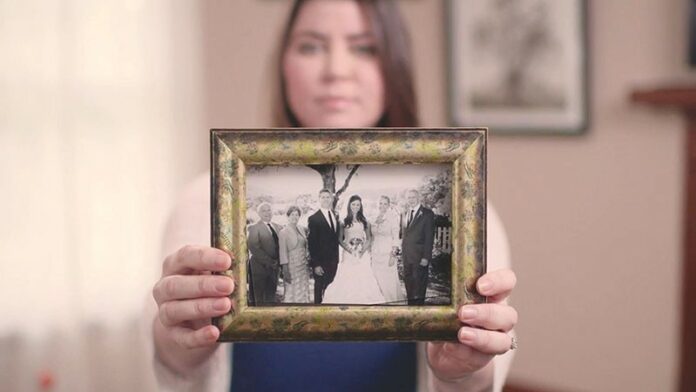Physician-assisted death is not suicide. The new End of Life Option Act, passed in August and signed by Gov. Jerry Brown on Sept. 8, makes it legal for a physician to prescribe a drug to end a patient’s life.
“But it is not suicide,” says Toni Broaddus, California campaign director of Compassion & Choices, the organization that lobbied hardest in favor of the bill, “and it will not say ‘suicide’ on the death certificate.” Physician-assisted suicide is still illegal in California.
“Californians like to have options,” she says. The issue is about choice: choice at the beginning and choice at the end.
The bill allows patients to choose to end their life rather than suffer until its “natural” end. “It’s a relief for people to know that it’s an option,” says Iris Lombard, who facilitates the Elders Salon Sonoma, an aging-issues discussion group.
While a majority of Californians hailed the passage of the controversial bill, advocates for the disabled say the implications are grim.
“Those of us born with visible or severe limitations are frequently told that our lives are not worth living,” writes Adrienne Lauby in the Peace Press, a bimonthly publication of the Peace & Justice Center of Sonoma County. “We don’t want our deaths determined by doctors working for HMOs who understand how much cheaper a suicide pill is than health treatments,” says Lauby, who hosts Pushing Limits, KPFA’s disability show.
All California organizations for the disabled opposed the bill.
“Until you’ve spent many years in and out of hospitals, you may not understand how flawed the healthcare system is,” says Lauby. “There are regulations, but mistakes are made and patients are manipulated. You have the basic problem of healthcare being profit-driven. . . . It’s easy to imagine people being given the medicine to save money.”
In the Netherlands, where a similar law has been in place since 2002, “the rate of assisted suicide has gone up many times, and the amount of money for long-term care and medical assistance at the end of life has gone down,” she says.
Dr. Ira Byock, a leader in palliative care in the United States, also cited the Netherlands in an Los Angeles Times op-ed that opposed the law. Instead of letting doctors assist in patients’ deaths, Byock wants to see better palliative care. “Last fall’s Institute of Medicine report “Dying in America,” detailed deficiencies in medical training and practice that contribute to needless suffering,” he wrote. “It also lays out steps that healthcare and long-term care systems, insurers, medical schools and policymakers can take to reliably resolve this crisis.”
In Oregon, the state whose legislation is the model for the California law, the experience has been different. There, less than 1 percent of patients ask for a prescription, and of those, only one-third actually take it.
If not actually pushing people toward suicide, will the new law tend to decrease the amount of time and money allotted to palliative care for people with prolonged terminal illnesses? This is of special concern to poor people who are dependent on state insurance: Will the law push them to take the pill rather than endure prolonged suffering without the comforts of quality palliative care?
And what about the elderly? With a steadily rising population of elders, many of whom are disabled and lack essential services, pressure to expedite their deaths could increase.
But Broaddus believes safeguards in the law protect against such dark outcomes. The process of obtaining the prescription is cumbersome. Patients must be in hospice care and diagnosed with a terminal illness and then interviewed by a mental-health provider to assure mental competence.
Two doctors, seen separately, two weeks apart, must agree that the prescription is warranted. For their protection, patients with terminal dementia are not permitted to request a prescription, another wrinkle in this complicated issue.
The concern is not so much that patients will be routinely forced to choose death by their insurance companies, but that cutbacks in palliative care will push people to choose to die before it’s their time.
For those whose disease cannot be ameliorated, the value of this option is clear. Brittany Maynard moved to Oregon to take her life after she was diagnosed with a virulent form of brain cancer that blocked the effects of pain medication. An unassisted death would have meant unrelieved misery for Maynard, whose right-to-die advocacy started a national conversation about the issue.
For now, most patients aren’t running off to die under the new state law, says Yvonne Baginski, publisher of Born to Age, an annual digest of information for seniors. Baginski has done end-of-life work for three decades and says, “I don’t expect to see a huge onslaught of people seeking this. People are afraid to die. They expect a miracle until the end.”











